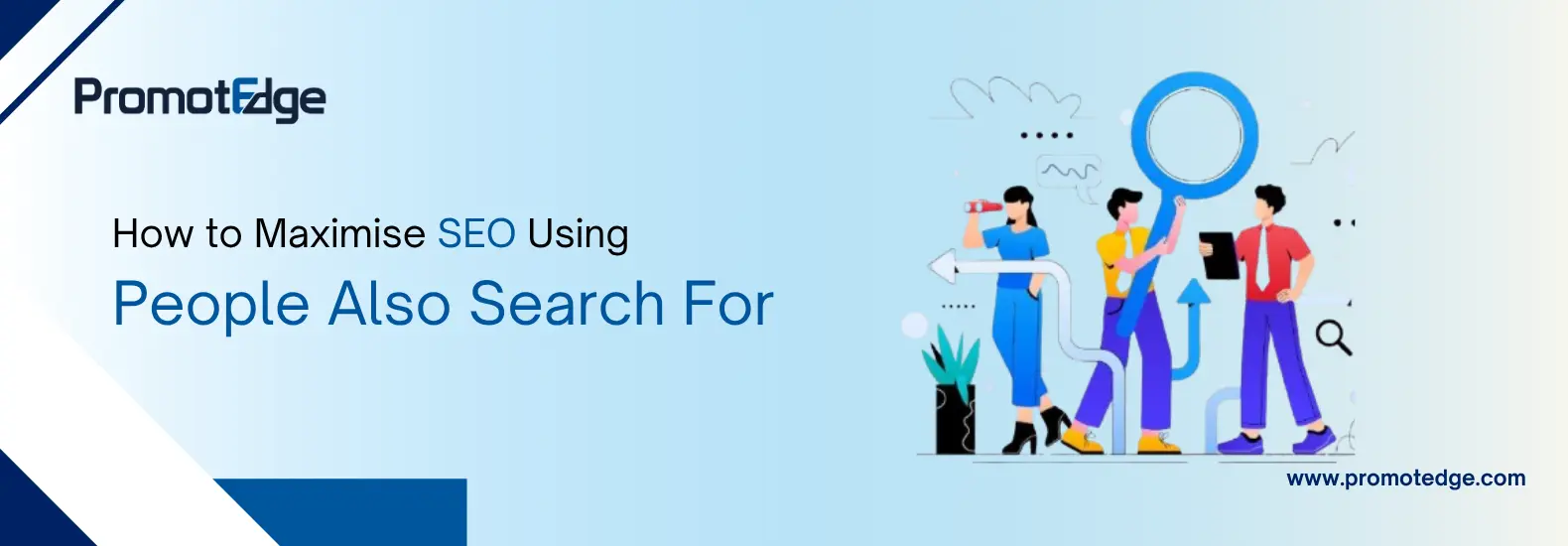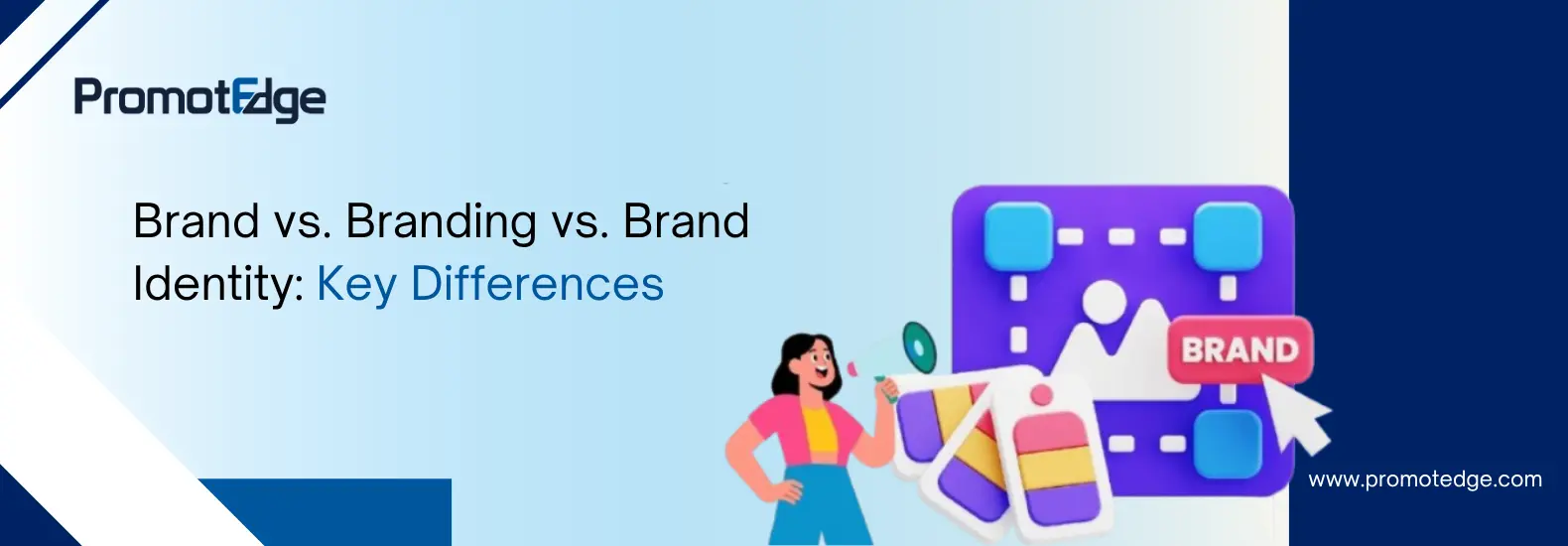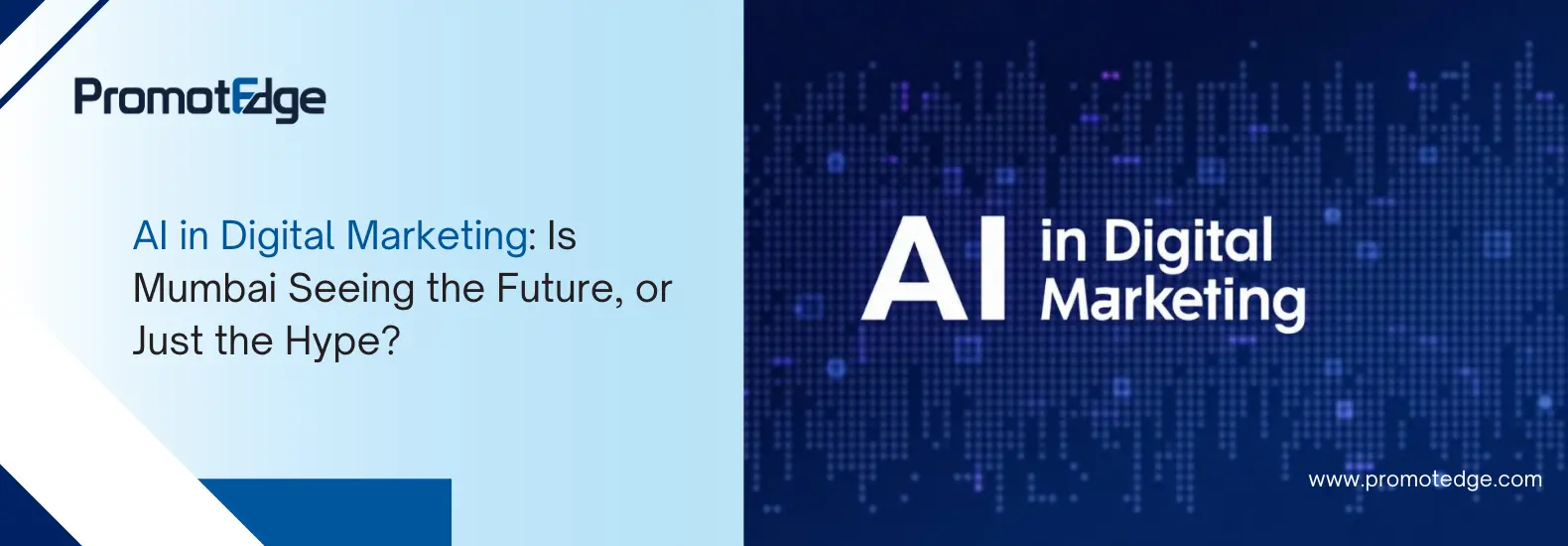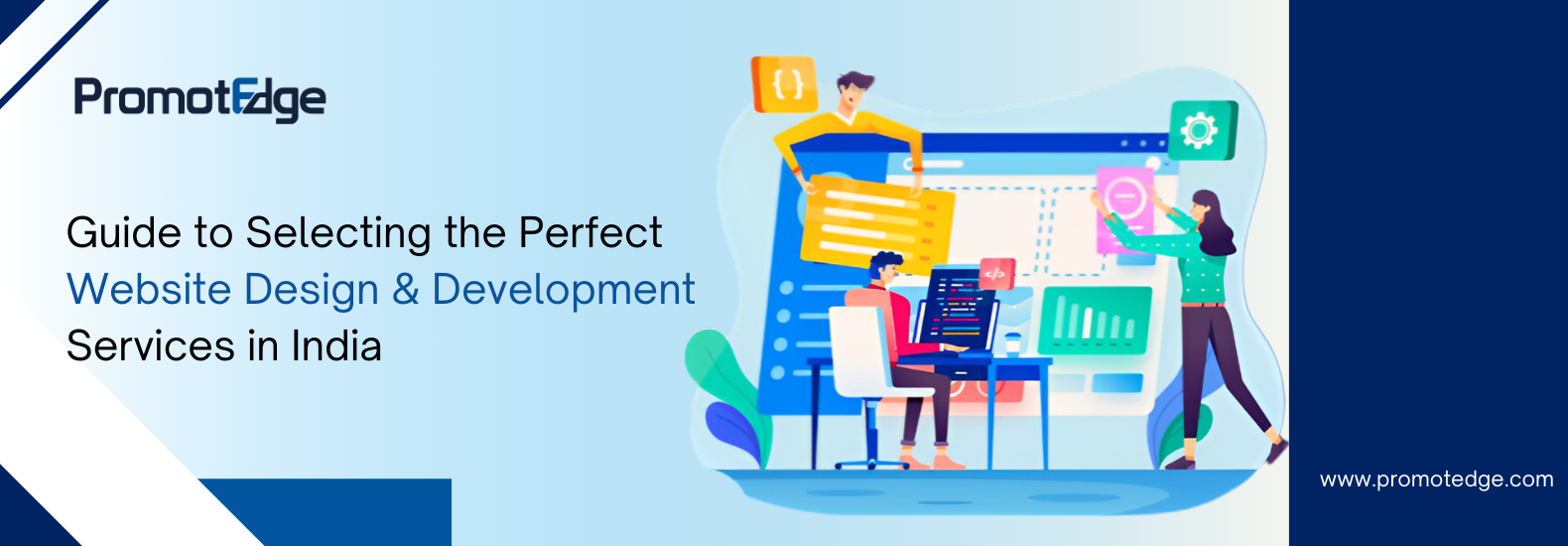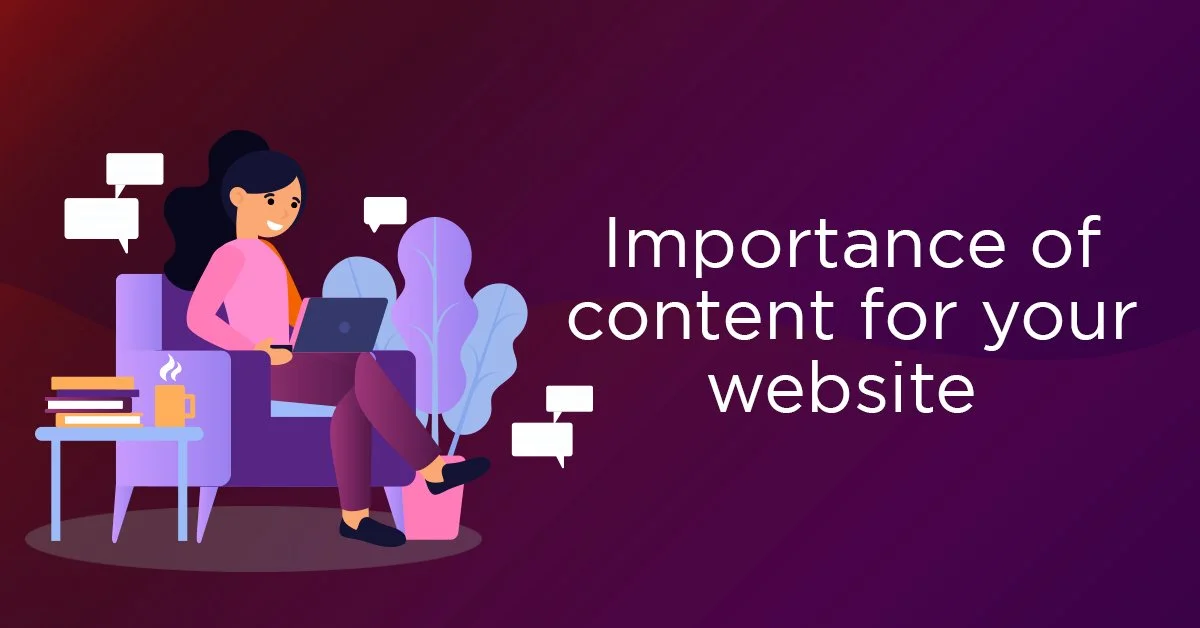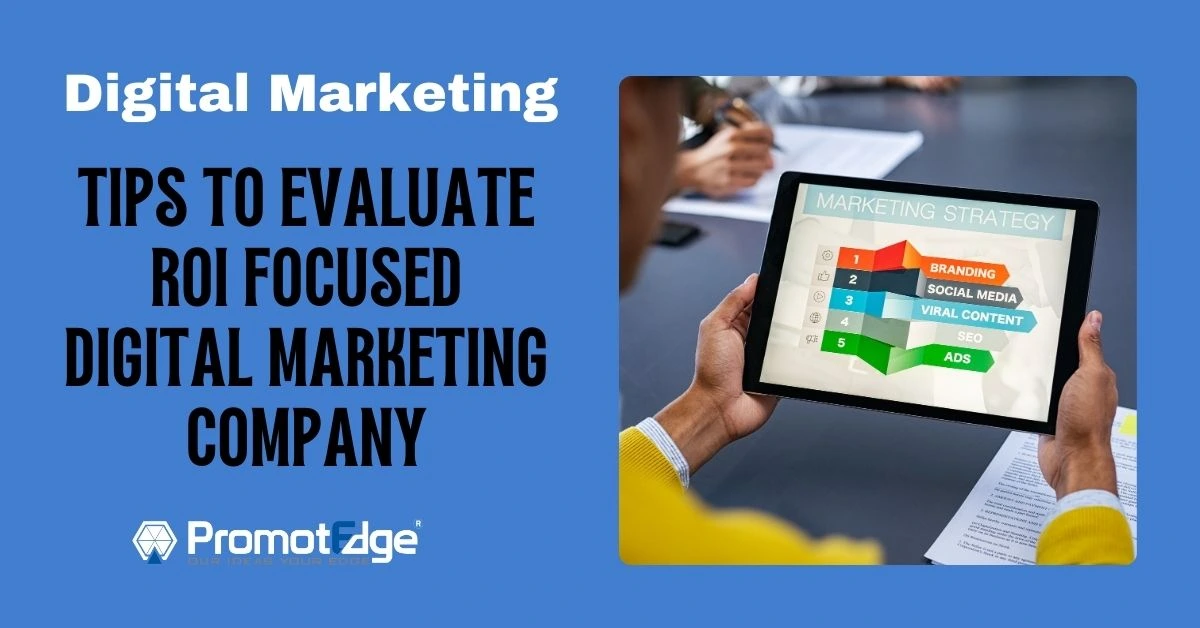-
Updated Date
Nov-15-2025
-
Views
2 Min Read
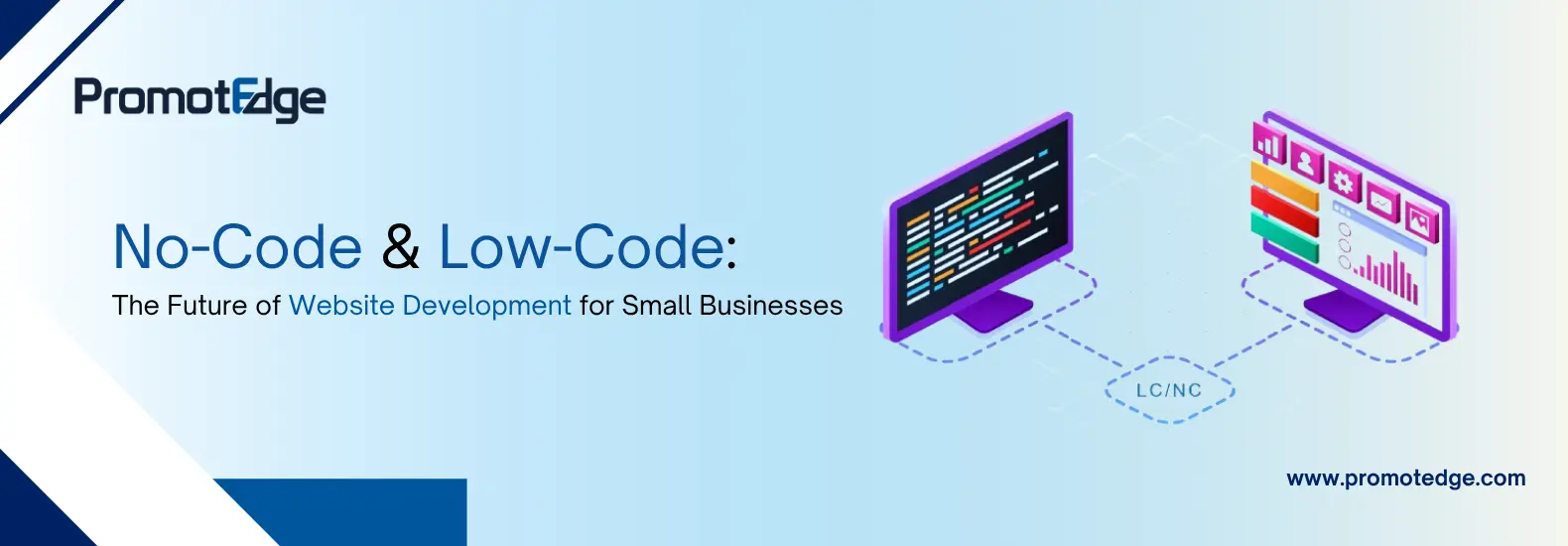
Building a website is not how it used to be, even a few years back. It is now more complicated, with website owners needing to consider coding, hosting, design, and maintenance. But the era we currently live in, not having a website means losing your visibility from a vast number of audiences who have the potential to become loyal customers.
This is where low-code and no code web development becomes a strategic tool for startups, shops, clinics, salons, and freelance professionals. These platforms have made developing a website much easier by replacing lines of code with simple drag-and-drop tools and ready integrations.
This article shares a comprehensive view on low-code and no-code web development:
What do “no-code” and “low-code” actually mean?
Let’s first understand the basics:
What is no-code development?
In these platforms, users can build websites, apps, or workflows entirely through visual interfaces, such as drag-and-drop blocks, point-and-click editors, and form-based settings. You don’t need programming, making them perfect for business owners, marketers, or anyone who needs a working site but has no time for custom development.
What is low-code development?
Low-code platforms also provide visual development. However, you have the flexibility to hand-code to a certain extent. Developers can extend the visual canvas with scripts, custom components, or APIs.
How Do These Platforms Work?
While no-code and low-code platforms may look simple on the surface, depending on how you use it, your website may look and feel aesthetic or turn out to be a disaster. Since these systems combine visual design tools, integrated backends, automation engines, and APIs to make digital creation accessible to everyone, it might be a good idea to consult with a website development company
.Let’s break down how they work.
1. Visual Builders and Templates
Like we mentioned previously, every no-code platform is a visual editor that lets users build pages and applications through drag-and-drop actions. You don’t need to manually write HTML, CSS, or JavaScript. Just assemble layouts using pre-built “blocks” such as
Banners,
Contact forms,
Navigation bars, or
Product grids.
Some platforms like MotoCMS,
Wix
, or Webflow even offer industry-specific templates. For instance, embedded menus and reservations form for restaurants or booking calendars and price lists for salons.
2. Prebuilt Integrations and Connectors
Low-code and no-code web development in 2025 is filled with connectors to popular third-party tools. These include:
Payment gateways, such as G-Pay, Paytm, Phonepay,
Email marketing systems, including Mailchimp, SendGrid,
CRM tools like Zoho and HubSpot, and
Analytics dashboards such as Google Analytics and Meta Pixel.
If you consider the traditional development, integrating each of these services might have taken hours of backend scripting and API handling. This not only saves time but also makes sure businesses have the critical functions like marketing, sales, and accounting without needing a developer on standby.
3. Backend Services as a Platform
These platforms also give you a complete managed infrastructure. Since everything is cloud-hosted and maintained by the platform provider, users don’t have to worry about anything.
In fact they get a built-in database that stores:
Product data,
Customer records, or
Booking details,
The platforms also come with user authentication systems that handle logins securely.
4. APIs and Extensibility
No-code web development usually has limited options. Low-code platforms, on the other hand, allow developers to extend or override these defaults. This is why many companies reach out for professional web development services. Businesses can integrate custom systems through APIs, which is essential as your business starts to grow.
5. Automation Builders and Workflow Engines
Another great side of LC/NC (low code/no code) platforms is automation. Especially with tools like Zapier, Airtable Automations let users create workflows visually.
Here’s a step-by-step example to make it clear for you:
Step 1:A customer fills out a form
Step 2:The data gets stored in the CRM
Step 4:Send them a WhatsApp confirmation
Step 4:Trigger a thank-you email.
The automation engine is a great feature for small and mediums who do not have an IT team. They look professional to their customers without stretching their budget.
6.AI-Assisted Tools and Smart Suggestions
Many LC/NC platforms now even integrate AI-powered assistance. These systems help users generate content, suggest layouts, and even write small code snippets. It has made web development really easy. You can just type “create a home page for a bakery with a menu and order option, and the platform will make it a reality in seconds.
Advantages of No-Code for Businesses
Opting for no-code web development comes with a wide range of advantages, including:
- Speed and cost-efficiency.
Small businesses like a salon, bakery, or home chef can have a polished website and booking page up within a day at minimal cost. Especially, with no code development, they can save time and the upfront cost.
- Lower technical barrier.
Business owners can maintain content, add services, and update pricing on their own without assistance from developers.
- Easier experimentation.
No-code makes A/B testing offers, landing pages, and local promotions simple to try.
- Integration ready.
You can integrate the popular platforms for payments, messaging, and analytics without custom coding.
- Localisation & templates.
Many builders even offer templates suitable for regional businesses, such as menus, booking flows, and local payment workflows.
Disadvantages & Real Risks: Things You Should Not Glance Over
No-code web development comes with several advantages, which is why businesses often neglect the real issues and regret it later. Here are what you should be aware of:
- Vendor lock-in.
Once you start to depend on these platform-specific components, moving away can mean rebuilding pages and complex logic from scratch. This means you have to constantly depend on subscription pricing and feature roadmaps.
- Scaling limits.
No-code platforms are fine for small traffic. But when businesses grow, it might be a problem since they need custom performance tuning, advanced caching, or complex transactions; the platform may not be enough.
- Customization gaps.
There are not many options for customization. If you want advanced multi-store inventory syncing, complex quoting engines, and no-code platforms are not exactly suitable for your business model.
- Security & compliance.
Hosted platforms handle security, but you must trust them. For businesses handling sensitive data like healthcare and legal, compliance requirements can complicate platform choice.
- Long-term cost.
While launch costs are low, subscription fees plus add-ons can accumulate. For scale, custom code sometimes becomes more cost-effective in the long run.
Key Difference Between No-Code and Low-Code Web Development
| Feature | No-Code | Low-Code |
Who can use it |
Anyone, including business owners, marketers, students. No coding skills needed. |
People who know a bit of coding, developers or tech-savvy users. |
How it works |
You build with drag-and-drop tools and available templates. |
You build visually but can also add small bits of code. |
Ease of use |
Very easy. You can learn it in a day. |
Slightly harder, since you need some coding knowledge. |
Customization |
Limited. You use what’s already available on the platform. |
Flexible. You can add your own features or logic. |
Speed |
Fast, you can launch in hours. |
Fast, but takes more time if coding is added. |
Integrations |
Built-in links to apps like Razorpay, Mailchimp, or Zoho. |
You can connect almost any app using APIs or custom code. |
Backend (Hosting & Data) |
The platform manages everything, including servers, database, and updates. |
You get the same support but can alter backend logic if needed. |
Automation |
Easy automations like sending an email when a form is filled. |
Can handle more complex workflows and conditions. |
AI Tools |
Helps you create content or design layouts quickly. |
Helps you write small code and improve performance. |
Scalability |
Best for small websites or startups. |
Better for larger projects that may grow over time. |
Cost |
Lower monthly cost. |
Slightly higher due to license or developer cost. |
Vendor Lock-In |
It's hard to move away from one platform. |
Easier to migrate because of open APIs. |
Best for |
Simple websites, blogs, small stores, or portfolios. |
Complex apps, CRMs, or enterprise tools. |
When to choose No-Code vs Low-Code vs Custom Code?
So, which one do my business need? This is a common question our clients often ask. So, let’s make it clear once and for all:
Choose No-Code if:
You want a brochure site, a local store, or a booking page quickly.
You have a tight budget, and ongoing development skills are limited.
You don’t need deep custom features or heavy backend logic.
You don’t want the headache of managing hosting, security, or CDN.
Choose Low-Code if:
You need integrations with in-house systems like billing or inventory.
You are planning to grow and need customization.
You want to develop your site fast, but also want to add custom elements.
Choose Custom Code (from agencies/teams) if:
You want to add unique features,
You are expecting very high traffic,
You want strict control over architecture and security.
You’re building a product that will scale globally.
Final thoughts
You want a brochure site, a local store, or a booking page quickly.
You have a tight budget, and ongoing development skills are limited.
You don’t need deep custom features or heavy backend logic.
You don’t want the headache of managing hosting, security, or CDN.
You need integrations with in-house systems like billing or inventory.
You are planning to grow and need customization.
You want to develop your site fast, but also want to add custom elements.
Choose Custom Code (from agencies/teams) if:
You want to add unique features,
You are expecting very high traffic,
You want strict control over architecture and security.
You’re building a product that will scale globally.
Final thoughts
You want to add unique features,
You are expecting very high traffic,
You want strict control over architecture and security.
You’re building a product that will scale globally.
No-code and low-code are not replacements for developers. You can consider them as a fast alternative, but with limitations. For many small businesses, they might be a great choice, but if you want something more specific, you need to reach out to professionals. As your trusted partner offering web development services
for over a decade, we at PromotEdge can help you understand your unique goals and guide you towards the right decision. Consult with us today!FAQs
Blogs




